Arts & Entertainment Cameras & Optics Collections Electronics Software Technology
10 must-have tools for aspiring content creators
Online video content creators constantly have to up their game. With technology becoming more available and…
Share
4 years ago
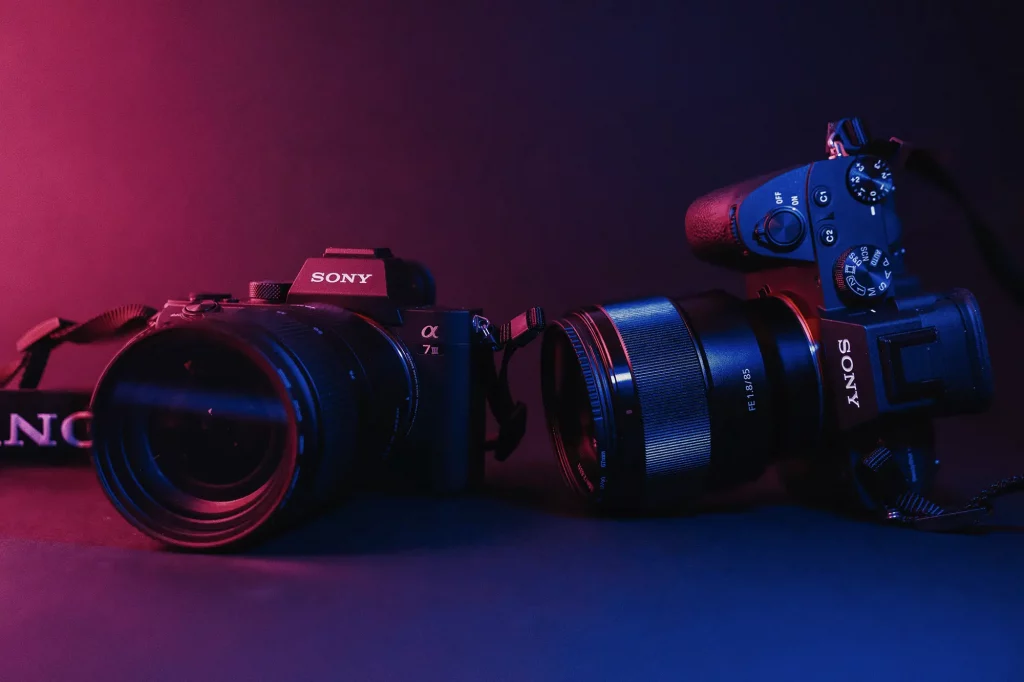
Getting into photography is exciting. However, it can also be confusing and expensive. With so much photography equipment on the market, it can be hard to know what you need.
Drawing the line between essential photography gear, ‘nice-to-have’ equipment, and wasteful purchases often come down to trial and error. That’s why we’ve put together this handy guide covering photography must-haves from beginner to pro. Read on to learn more about photography essentials, useful camera gadgets, and the best camera accessories.
When you’re first starting, the key is to invest in a good set of entry-level gear that will help you develop and improve your photography. Essential equipment includes a camera and lenses, plus a few other essential items.
DSLR stands for digital single-lens reflex. DSLR cameras combine the optics and functionality of a single-lens reflex camera with a digital imaging sensor. DSLRs are recommended for beginners because they make it straightforward to shoot in manual mode, but without the settings being overly complex or difficult to use. Our top picks for entry-level cameras include:
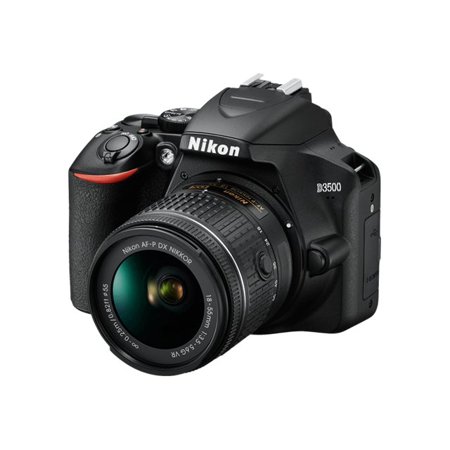
Nikon D3500 – Ranked by TechRadar as the best all-around option for new learners.
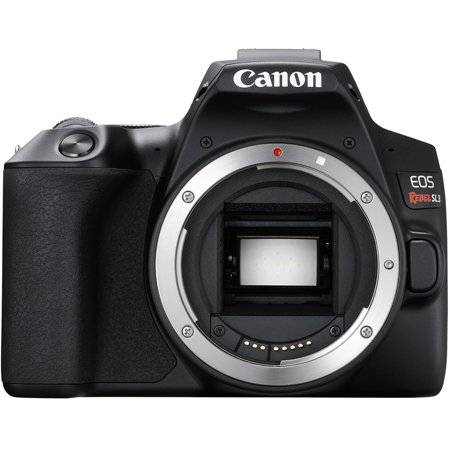
Canon EOS Rebel SL3 – One of the smallest and lightest DSLRs on the market.
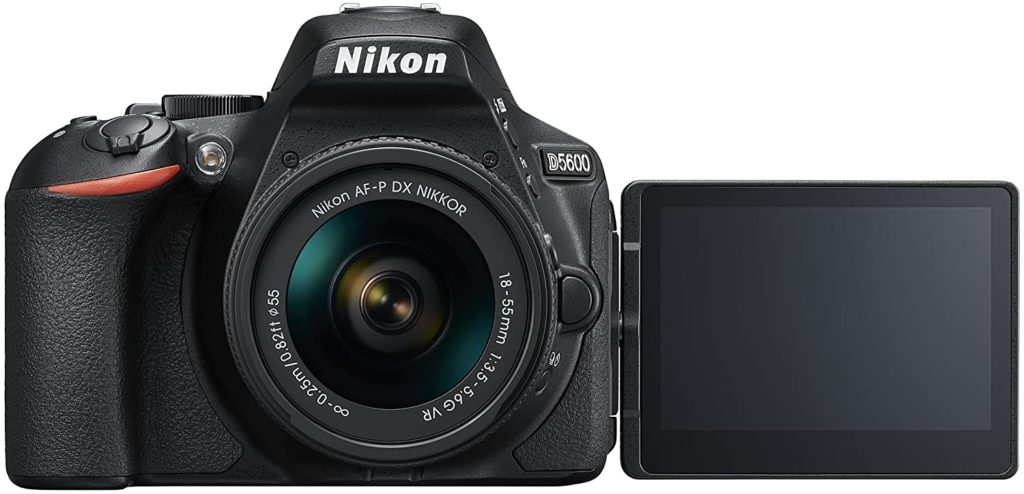
Nikon D5600 – A more powerful option for those looking to progress quickly.
When you buy your camera, there’s usually an option to purchase the branded kit lens at the same time. Kit lenses are affordable and versatile, and on entry-level cameras, they tend to be 18-55mm. However, if you want a less moderate zoom range, you may want to invest in additional lenses. You have the option of either prime or zoom models.
The main differences lie in price and focal length. Prime lenses are considerably more expensive and have fixed focal lengths of between 12mm and 5200mm, whereas zoom lenses are more budget-friendly and allow you to use a range of focal lengths. Here are a few examples:
All modern cameras come with an auto white balance. However, if you’re shooting indoors or under artificial light, you’ll often need to adjust the white balance manually to avoid photos looking too yellow. There are two ways to do this. You can either purchase a grey card white balance set or invest in an ExpoDisc white balance filter. Cards are cheaper, but an ExpoDisc may save you more time, energy, and editing in the long run.
Getting dust and smudges on your lenses is inevitable – especially if you’re one of those photographers constantly losing lens caps, or your lenses are prone to being touched by curious children. This is nothing that a good lens pen cannot fix, though. The tip of a lens pen excretes a carbon compound that quickly removes dust and oil build-ups, making it an essential photography equipment accessory.
The investment is considerable for the camera, lenses, and other accessories you buy. Therefore, you’ll want to keep all of your photography equipment safe and protected in a dedicated camera bag with plenty of padding. Options range from simple holster style camera bags to basic camera backpacks and custom-designed camera backpacks.
Over time, you’re bound to go down a few rabbit holes online shopping for more cool camera gear and accessories. However, that’s pretty much all you need to get started. The only other additional consideration is whether to invest in editing software. Photoshop and Lightroom are the most popular options. Both take time and practice to master but can make a big difference to the overall quality of your photos.
For professionals, the choice of camera and lenses makes a considerable difference to photo quality. Plus, to achieve shots that will wow your customers and keep referral jobs coming in, you’ll need some additional photography essentials too.
Most professional photographers have two cameras – a main body and a backup. The main body should be a full-frame camera that offers high-ISO performance to maximize image quality in low light. Popular choices to suit a range of budgets include:
Your backup body can be something from the lower end of the price spectrum, as hopefully, you’ll only be using it on rare occasions in the event your main body fails. So it doesn’t need to be top of the range. Take a look at these two popular Canon and Nikon backups.
When you reach a professional level, the best lenses to use will depend on the genre you cover. You’ll need a lens for every possible focal length to accommodate portrait, landscape, and macro subjects. You get what you pay for with lenses, so you don’t want to scrimp on quality. Features to look for include:
Some specific examples of lens choice taking genre into account include:
Tripods are one of the top photography must-haves for pros. Why? Because in addition to improving stability and image sharpness, they make it possible (and way easier) to shoot in low light and capture long exposures. The ideal professional tripod is lightweight and easy to carry, yet sturdy enough to perform in less than optimal weather conditions.
Whether you’re shooting indoors or outdoors, there will always be times when lighting conditions are low and you need a flash. There’s plenty of variation in price, so if you don’t need to use a flash frequently, one of the cheaper models may be all you need. Popular choices ranked from lowest to highest price include:
This is another piece of must-have photography gear, particularly for portrait specialists looking to capture the most flattering shots. Reflectors add light to balance darker areas on your subject’s faces, like under the eyes, nose, and chin. Five-in-one collapsible reflector packages are popular for ease of transportation and setup.
While many photographers utilize self-timer functions, a remote shutter release is essential for those who frequently use tripods. Shutter release gadgets allow remote triggering while avoiding any accidental shaking caused by pressing the shutter button manually. For canon users, the Canon RC-6 Wireless Remote is a great option, while the Amazon Basics Lightweight Package is popular with Nikon users and those who prefer to purchase their tripod and shutter remote in a package deal.
A high-resolution, calibrated monitor is a must to ensure perfect color, sharpness, and corrections in the editing process. The ultimate monitor for photographers is the BenQ SW271 27 Inch 4K HDR because it features exceptional clarity and a hood for easier focus. More budget-friendly options include the Dell UltraSharp U2419H 23.8″ and the LG 27UL500-W 68.6cm 27″.
The golden rule for any photographer is to keep multiple backups of everything. Cloud storage is popular for beginners. However, when shooting in RAW, file space gets used up quickly. So it’s a good idea to keep hard copies indexed on external hard drives. Cheaper options tend to fail quickly, especially when you’re regularly transferring large amounts of data, and it’s worth shelling out for at least 4TB of space. A practical and lightweight portable option is the WD 5TB Portable External Hard Drive. For even more storage space, the LaCie d2 Professional 10TB External Hard Drive is bulkier but well suited for office use.
Practicality may be key, but what photographer doesn’t like to show off all of their cool camera gear and gadgets? Besides, no rule says your photography equipment can’t be fun and functional. Here are our top picks for the best camera accessories that can make photoshoots faster, more efficient, and have you looking like a seasoned pro. Win, win, win!
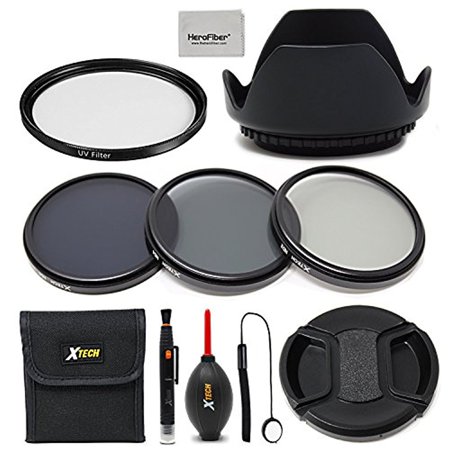
ND filter kits reduce the amount of light entering the lens, allowing you to experiment with various combinations of aperture, exposure time, and sensor sensitivity. You’ll need to pay close attention to make sure you order the correct size diameter, but the difference an ND kit can make is significant.
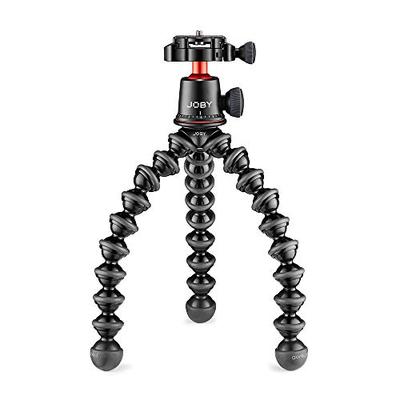
This is one of the cheapest and most versatile camera gadgets on the market and an excellent investment, regardless of the genre of photography you’re into. It’s also perfectly suited to videography. The dexterous movable arms make it capable of enhancing a photoshoot or filming session in multiple shape-shifting ways:

An external microphone is vital to guarantee the best sound quality and reduce background noise if you’re making videos. Universal options are available, but the leading DSLR brands also manufacture their own versions.
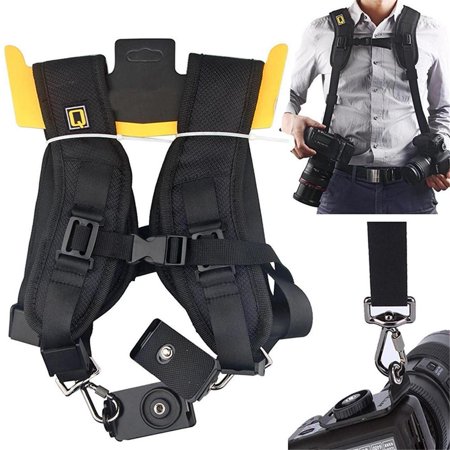
If you’re the kind of photographer who’s always on the move, you’ll love this professional camera and accessory harness. Simply strap it on, clip in your camera and accessories, and you’re good to go!
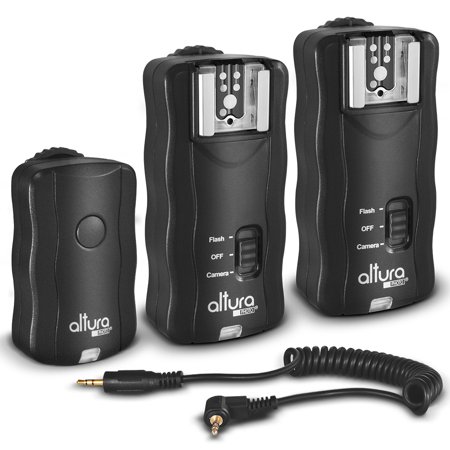
Remote triggers are one of the best camera accessories for those looking to improve their flash photography. Wireless flashes allow photographers to achieve a more even and flattering light in their photos by offsetting the flash instead of simply shooting head-on.

This compact and powerful LED light clips directly onto your DSLR, mirrorless, or video camera. Offering outstanding color accuracy with no recycling time or power loss, it’s perfect for photographers who shoot in high frames per second.
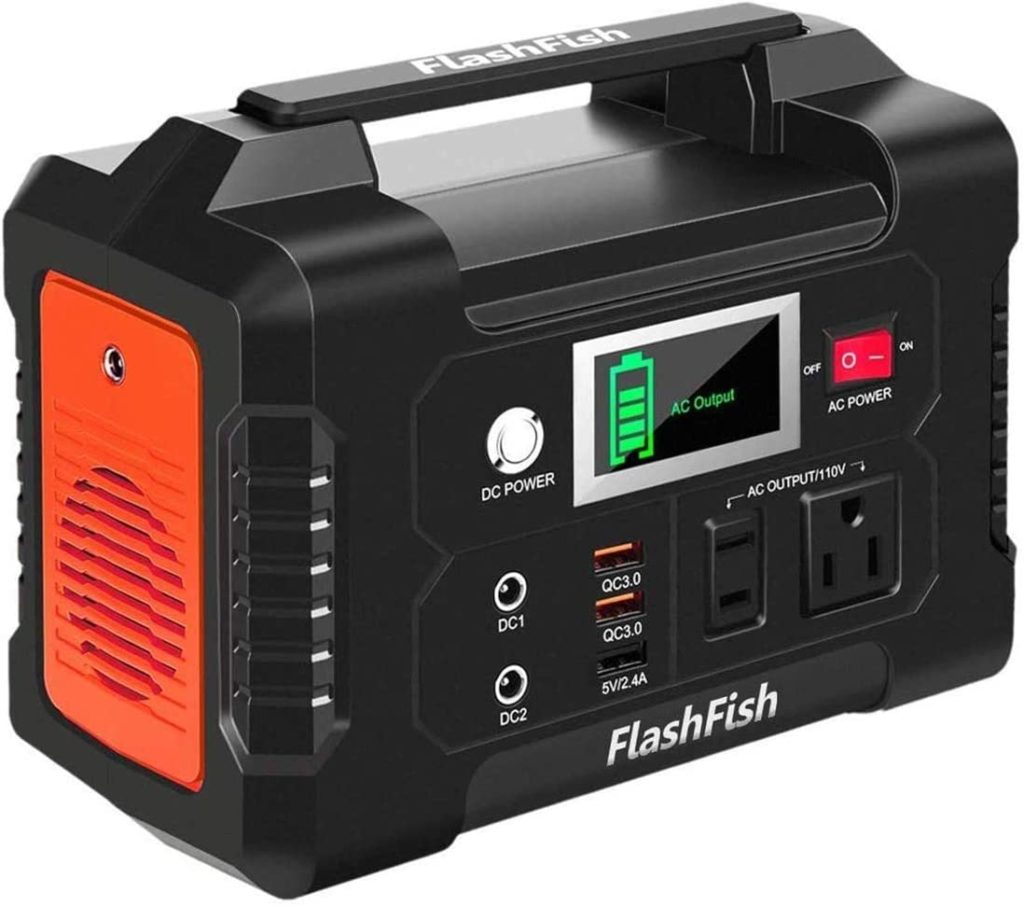
The more cameras and gadgets you have, the more power you need to support them. There’s nothing worse than running out of juice mid-shoot, so back yourself with enough power to supply your camera, flash, smartphone, tablet, and lights all day long.
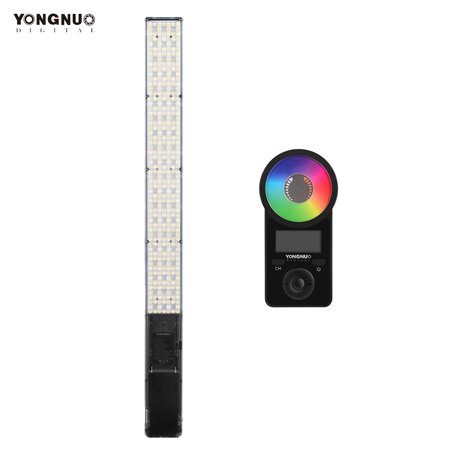
All budding photographers should carry a portable light source. This one can be handheld or used remotely using the touchpad to adjust brightness throughout the entire color spectrum.
Now that we’ve covered a broad base of photography equipment for beginners, pros, and all of the funky gadgets that can help you along the way, let’s take a look at some of the best DSLR accessories and staple items that you should keep in your camera bag.
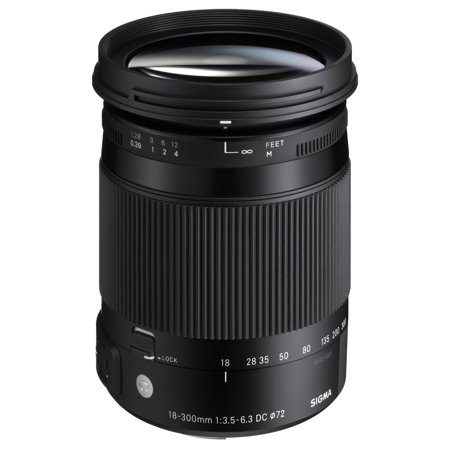
Do you want the flexibility to take high-quality pictures both indoors and outdoors with plenty of zoom and wide-angle capability for each? Then an all-in-one lens is a practical solution that saves you both baggage and time.
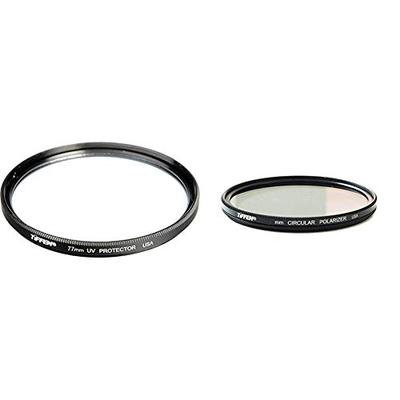
Aside from reducing UV rays, UV filters also protect your lenses from accidental bumps, scratches, dust, and dirt. Quality UV filters are available for under $50, making them a worthwhile investment.
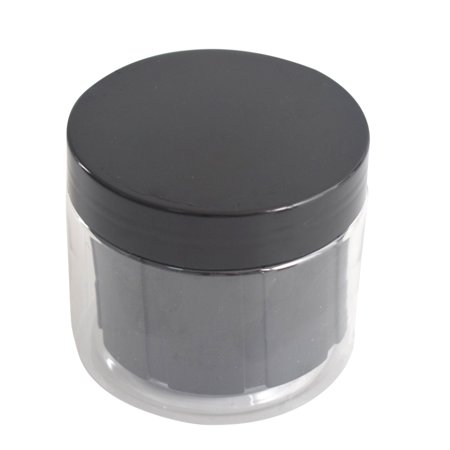
There’s not a photographer in the world who doesn’t lose a lens cap (or five) here and there. So spending a few dollars on a universal cap to ensure your lenses don’t get damaged when you misplace an original is a no-brainer.
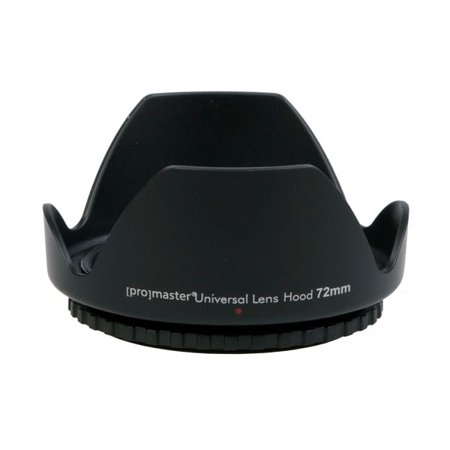
Lens hoods are particularly useful through the day when conditions are bright. However, most avid photographers use one all of the time because stray light can still affect the contrast of your images after sundown. However, a lens hood doesn’t just prevent glare and lens flare in your photos. It also protects your lenses from accidental damage when the lens cap is not in place.
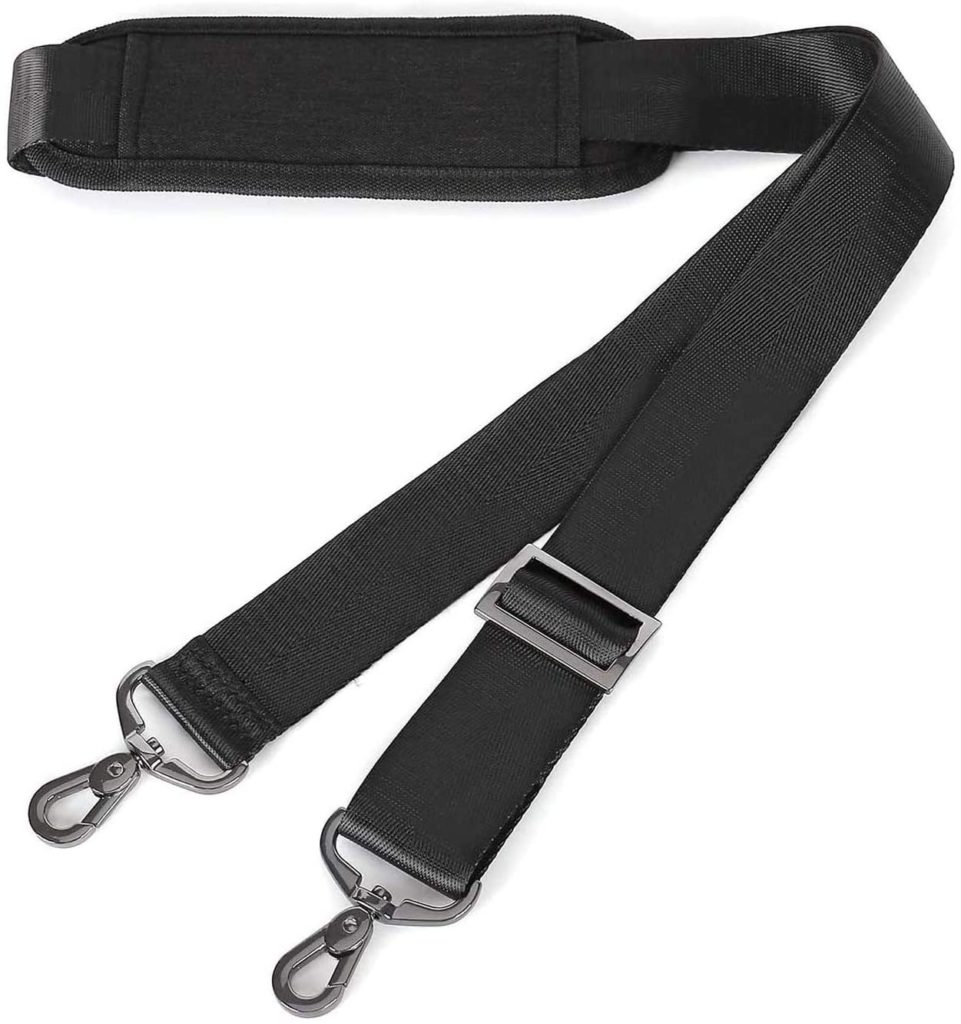
Having your camera secured around your neck makes it easier to move around and be prepared at any time inspiration strikes. Some camera purchases come with a standard strap, but for additional comfort, convenience – or simply to make a fashion statement – you may want to upgrade.
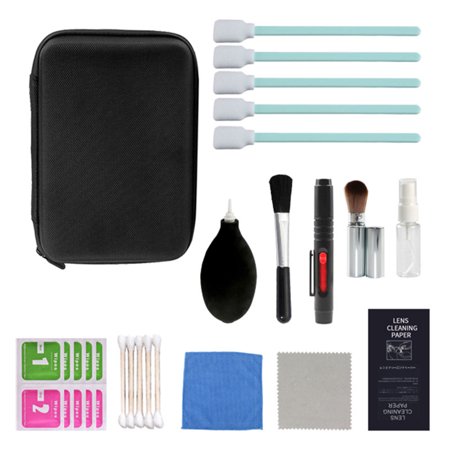
Having a dedicated cleaning kit for your DSLR camera means you’ll have all the cloths, cleaning brushes, swabs, and air blowers you need to remove dust, oily fingerprints, and other smudges without damaging any of the delicate working parts.
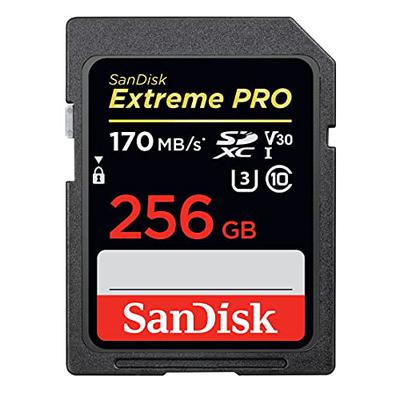
When buying memory cards, you need to prioritize size as well as read and write speed. If you’re taking hundreds of photos at a time, anything less than 32GB will not be worth the investment. As for speed, the faster, the better. Otherwise, you’re limited to shorter bursts, and your camera will spend more time buffering between shots.

To save your SD cards from getting lost or damaged, it’s a good idea to keep them together in a sturdy, built-for-purpose container.
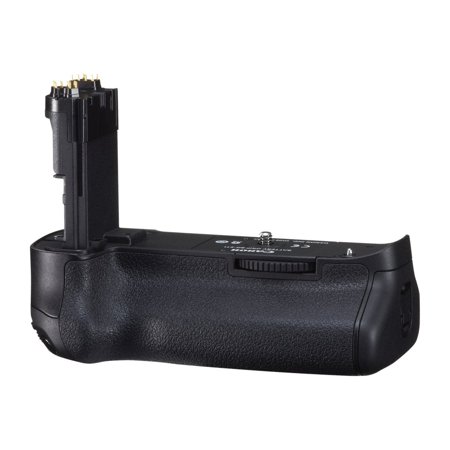
Allowing you to extend your camera’s battery life without replacing the batteries, a battery grip is an attachment that clips directly onto the bottom of your camera. Battery grips also help you improve composition as the additional shutter button provides the flexibility to switch quickly between angles. Most are camera-specific, so be sure to take your time to select the correct model.

When you’ve spent hours lining up the perfect shot, the last thing you want to do is abandon your photoshoot if it starts raining. Waterproof covers keep your camera, and all of your accessories dry so you can carry on, regardless of the weather.
Whatever items make it onto your list of essential photography gear, Price.com can help you get the best deal. Our AI-powered algorithms automatically apply the best coupon codes, and you can compare prices from a range of retailers on one easy-to-understand screen. Price alerts can be activated, so you get notifications whenever the best deals become available, and you can even earn cashback while you shop. Don’t wait to get the best deals. Download our free browser extension today and start shopping the smart way with Price!
About Price.com
Price.com, the all-in-one money savings platform, provides a free cross-platform experience for consumers that combines advanced comparison shopping, cashback, coupons, price history, and price drop alerts. The Company’s patented, AI-powered matching algorithm enables real-time discovery of new, white-label, used, local, refurbished, and rental products – taking comparison shopping to new heights. Price.com is available as a desktop and mobile website, browser extension, native app, and chatbot.